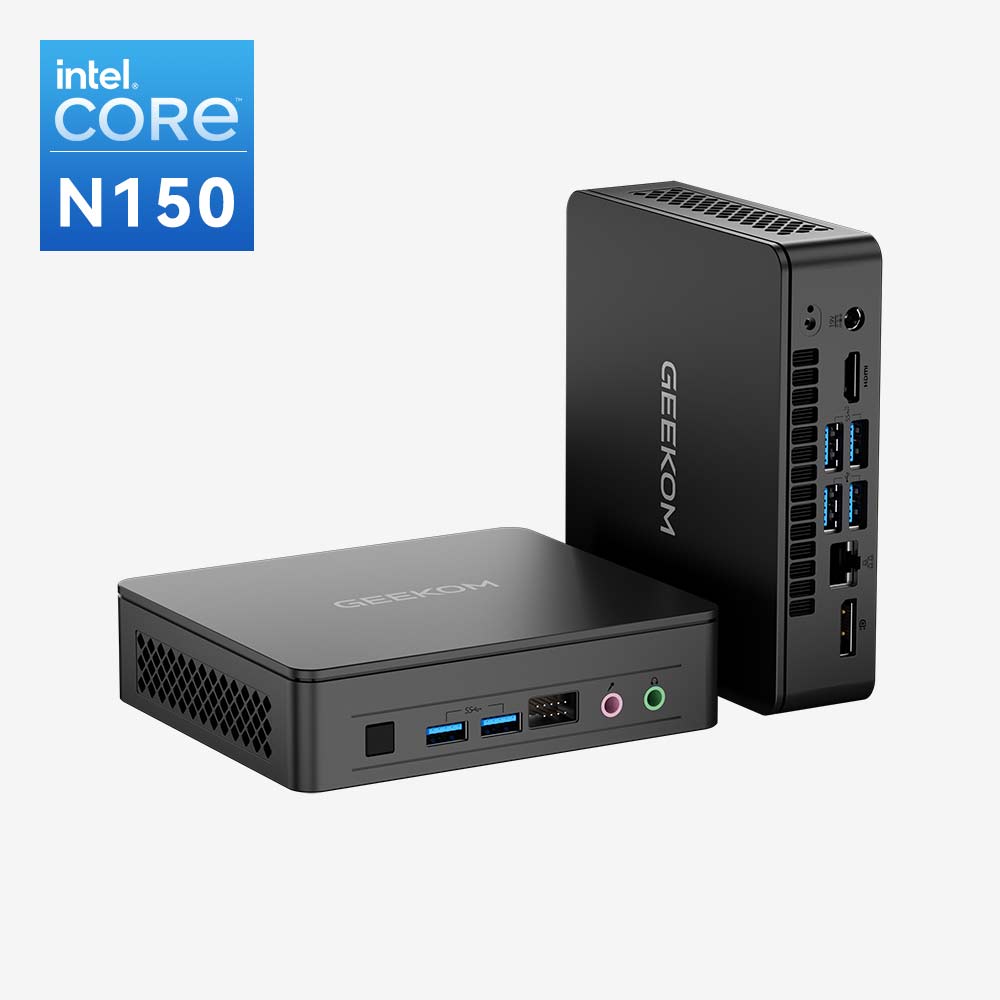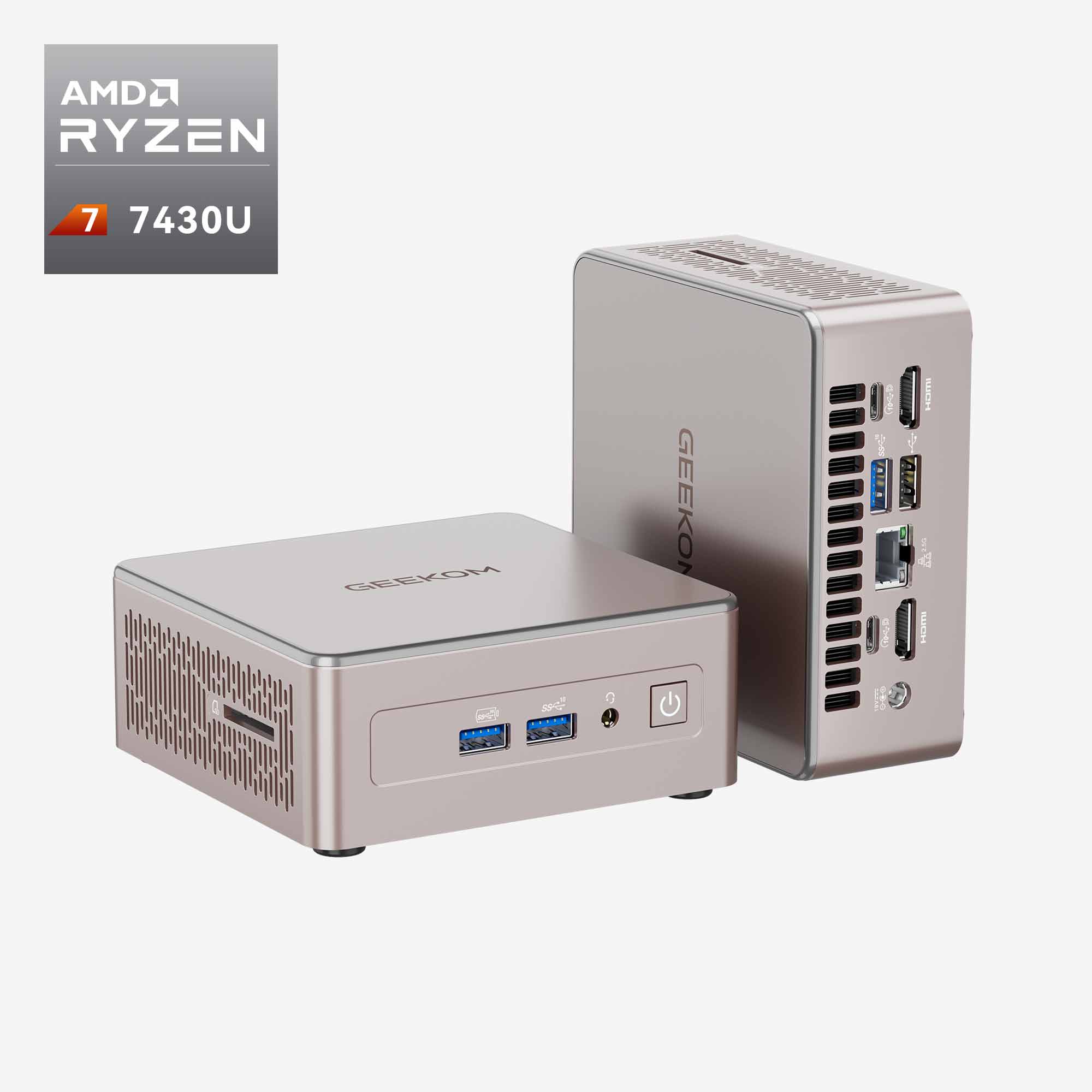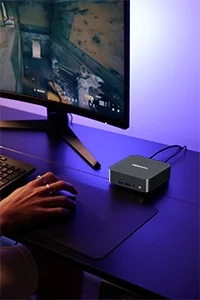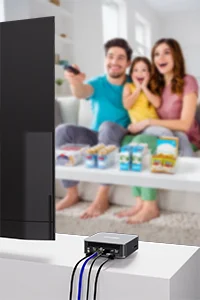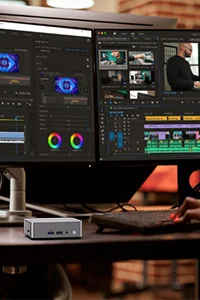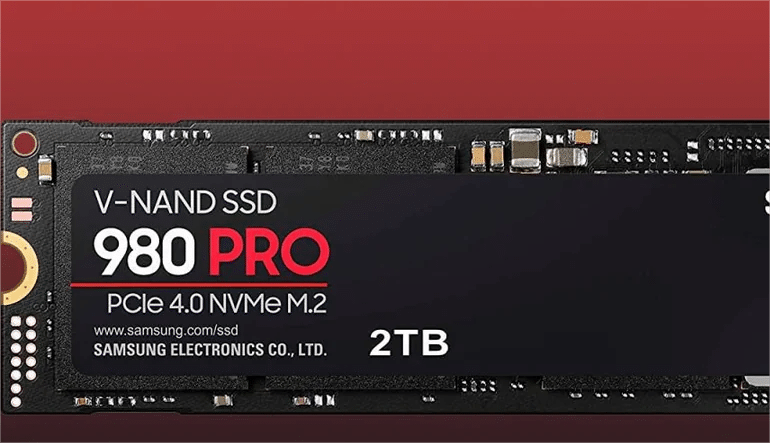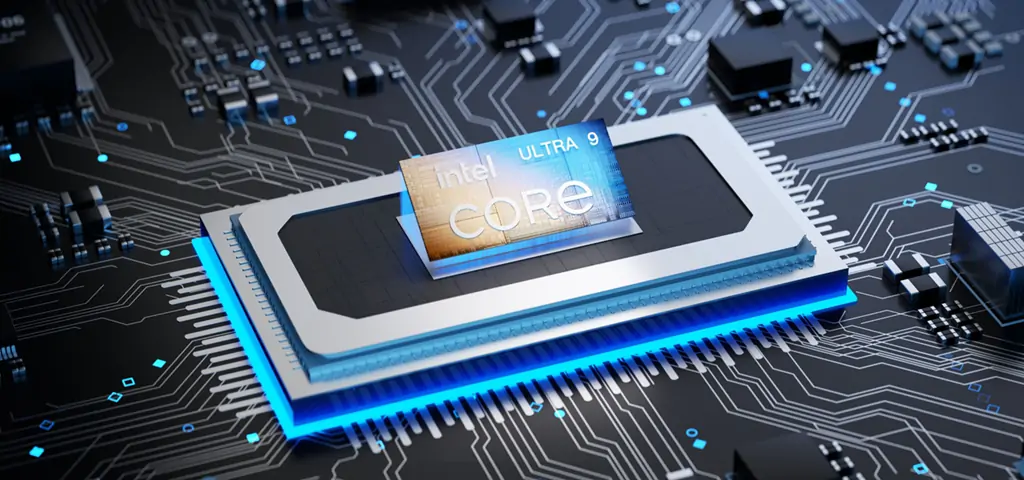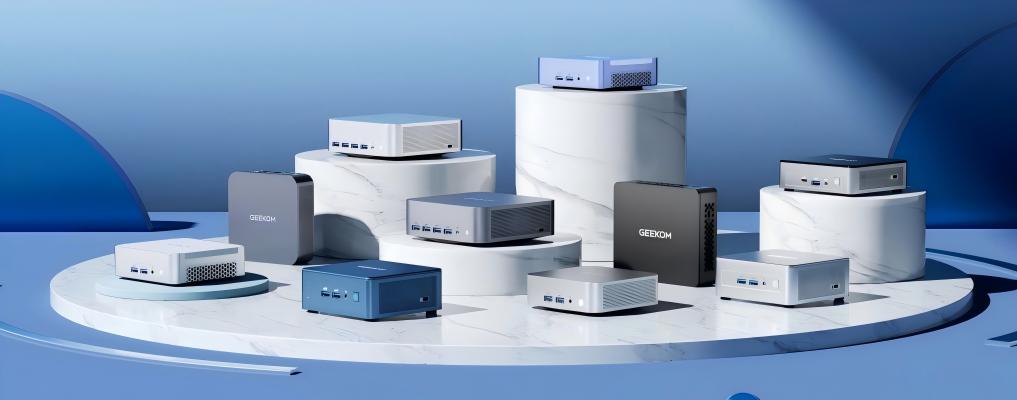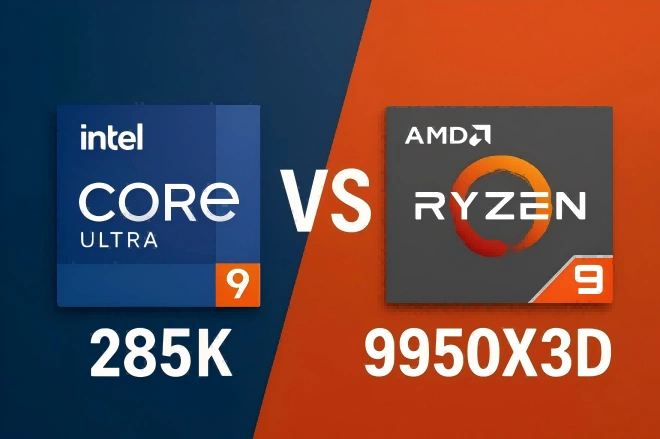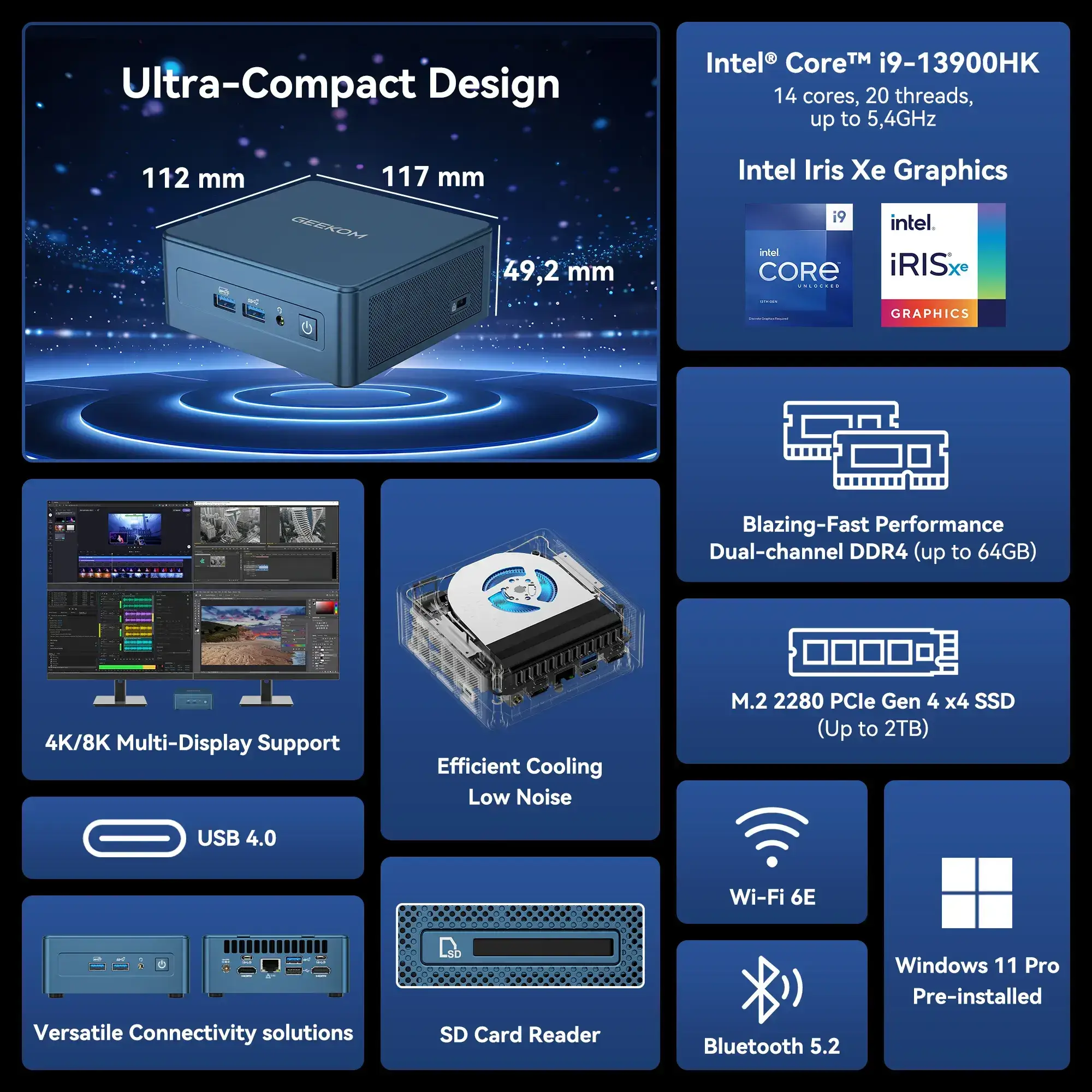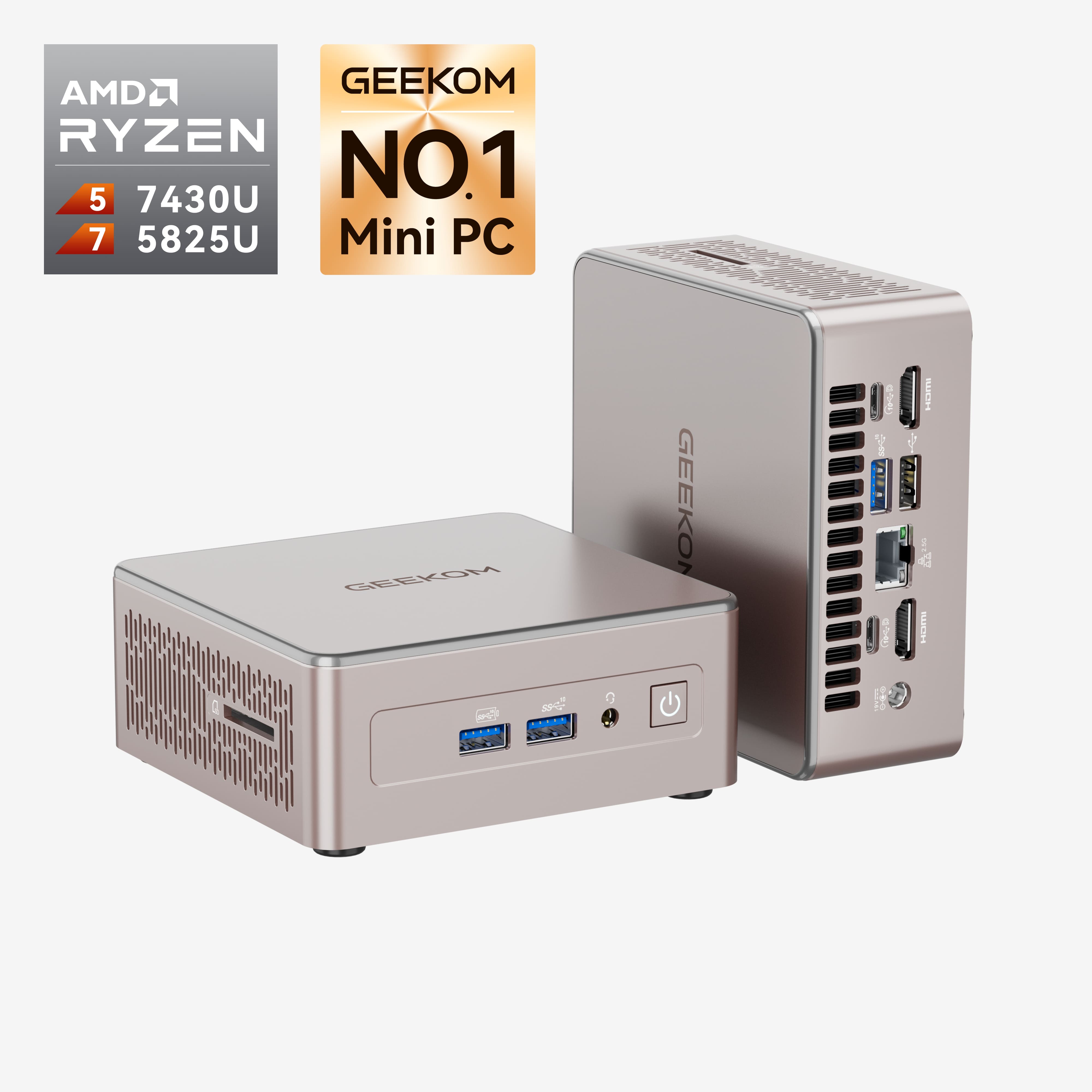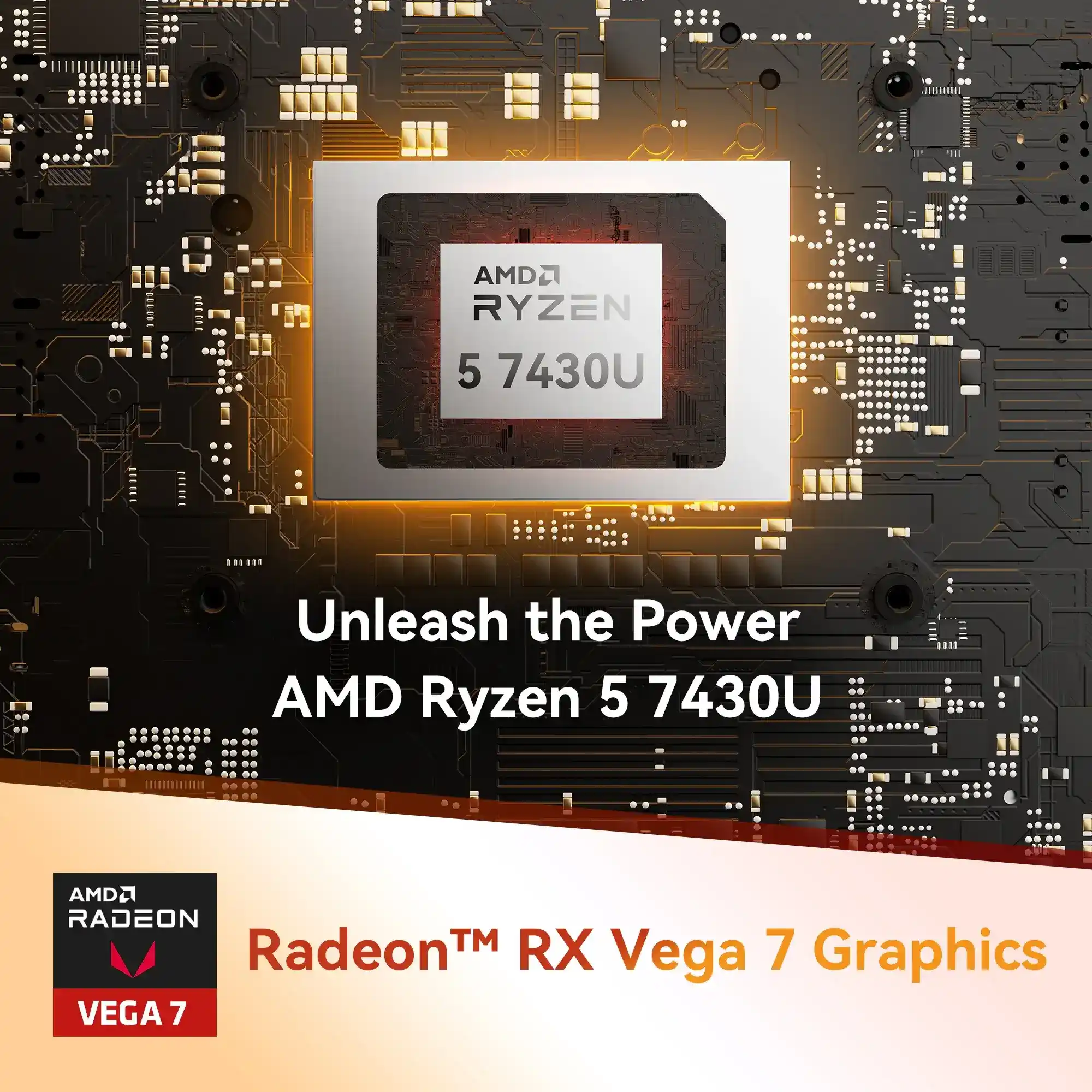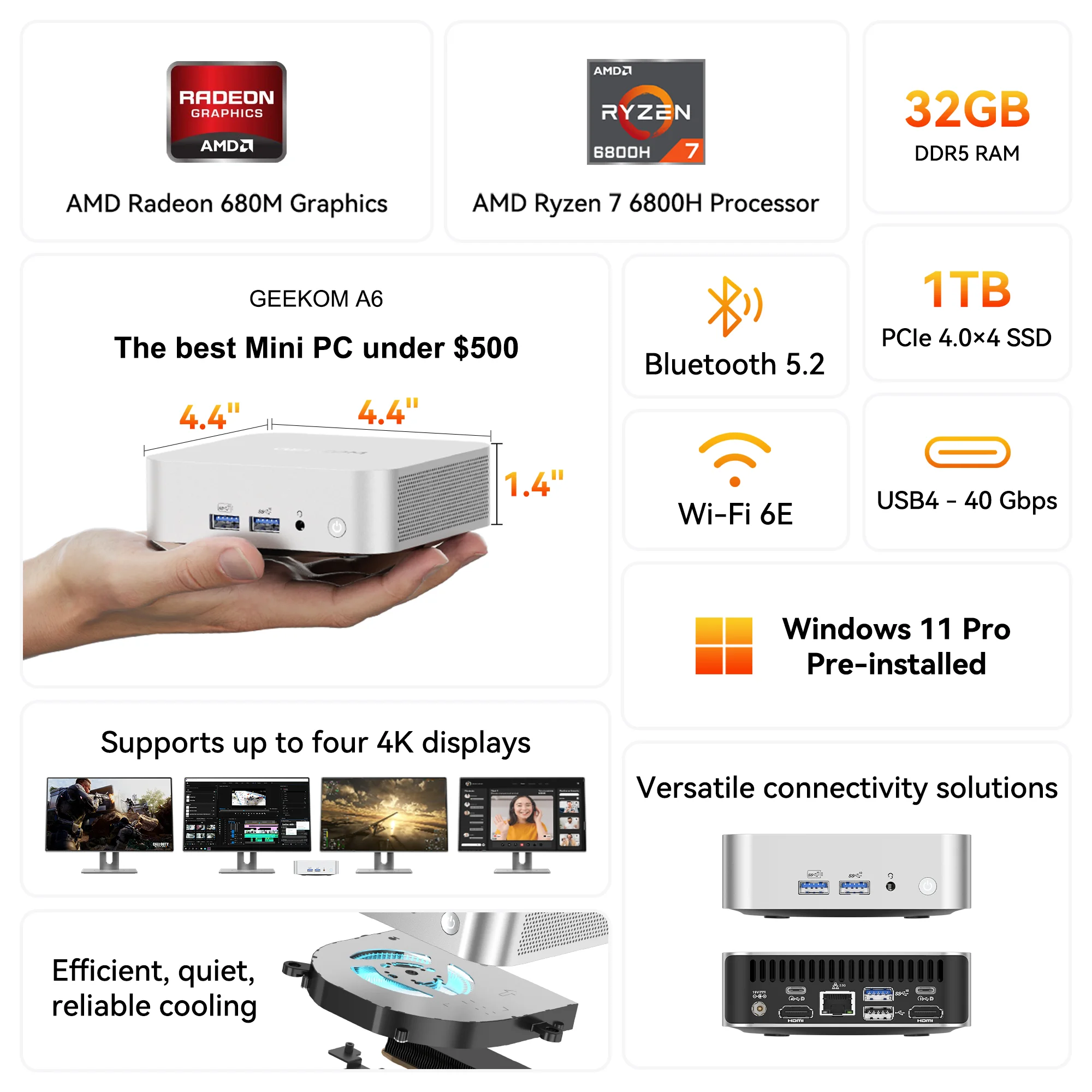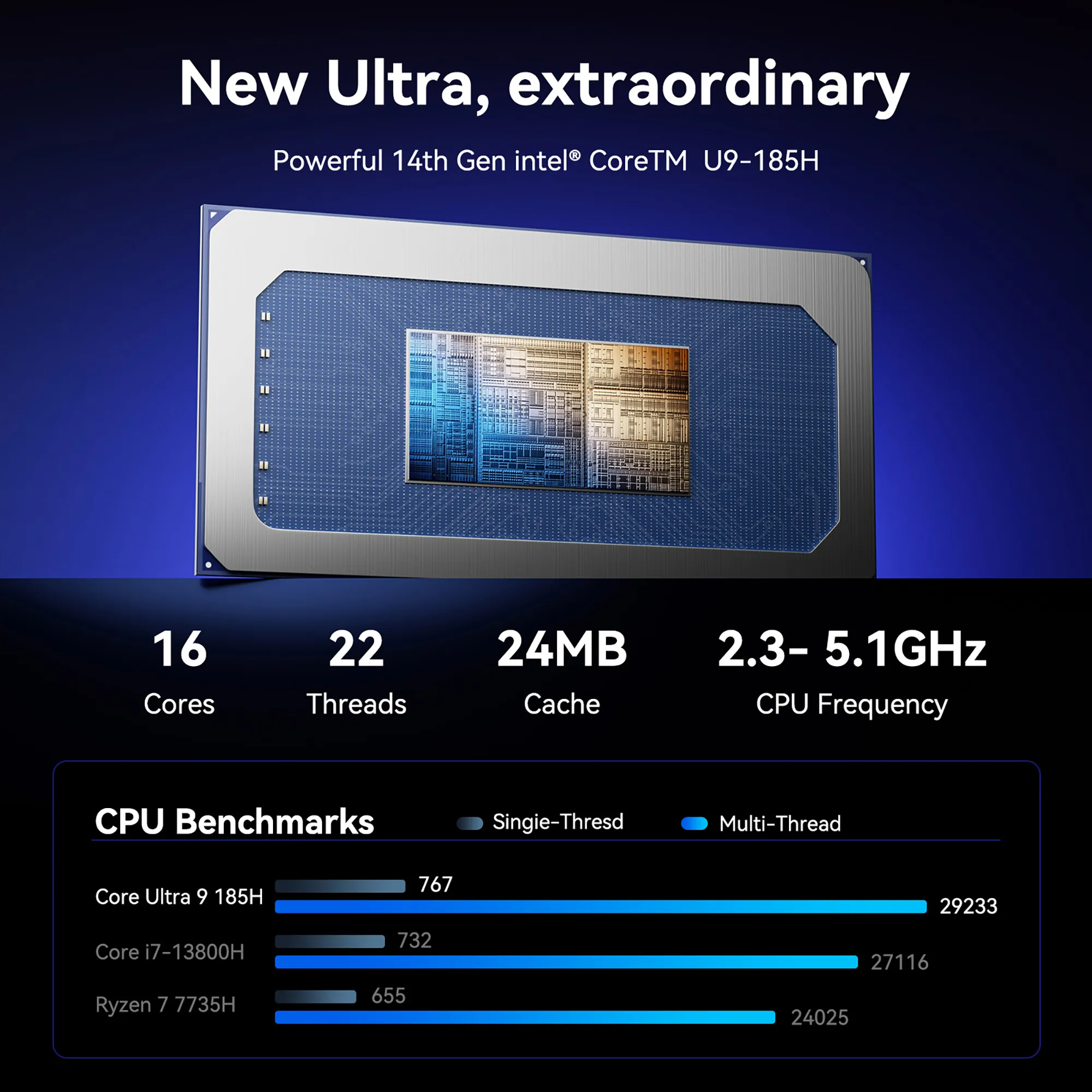In the ever-evolving landscape of computing technology, expansion slots have played a pivotal role in enabling the integration of diverse hardware components and peripherals into computer systems. The PCI-e slot has transformed the way devices communicate with the CPU and other system resources. Its modular design and multiple lane configurations provide remarkable flexibility and scalability, enabling simultaneous communication between multiple devices without compromising performance.
PCI-e’s impact extends beyond traditional desktop computers, becoming the standard for mini PCs, small form-factor systems, and embedded devices. It has revolutionized compact computing by allowing powerful components to be integrated into compact enclosures.
With the advent of artificial intelligence, machine learning, and other data-intensive applications, the demand for high-speed data transfer and connectivity is greater than ever before. PCI-e’s scalability and adaptability make it well-suited to meet these evolving demands, ensuring its continued relevance in the years to come.
Development of the PCI-e slot
The evolution of expansion slots in computers has been a continuous journey towards higher performance and versatility. From the early days of ISA (Industry Standard Architecture) slots, which provided a basic means of connecting peripherals, to the introduction of PCI (Peripheral Component Interconnect) slots, the computing industry witnessed a steady increase in data transfer rates and functionality.
In 2003, PCI-e (Peripheral Component Interconnect Express) technology emerged as a groundbreaking advancement, revolutionizing the way devices communicate with the system. Unlike its predecessors, PCI-e adopts serial interconnect architecture, enabling significantly faster data transfer speeds and lower latency.
The initial PCI-e 1.0 specification introduced 1x, 4x, 8x, and 16x slot configurations, with each lane capable of supporting 250MB/s of data transfer in each direction. Subsequent versions of the PCI-e specification, including 2.0, 3.0, and 4.0, brought exponential increases in data transfer rates, reaching up to 16GB/s per lane in PCI-e 4.
Key milestones in the development of PCI-e technology include:
**2007:** Introduction of PCI-e 2.0, doubling the data transfer rate to 500MB/s per lane.
**2010:** Release of PCI-e 3.0, further doubling the data transfer rate to 1GB/s per lane.
**2017:** Launch of PCI-e 4.0, achieving a data transfer rate of 2GB/s per lane.
**2019:** Announcement of PCI-e 5.0, targeting a data transfer rate of 4GB/s per lane.
These advancements have made PCI-e the interface of choice for high-performance graphics cards, solid-state drives, network cards, and other peripherals that demand lightning-fast data transfer speeds. PCI-e’s scalability and flexibility have also made it the standard for mini PCs and other compact form-factor systems, enabling the integration of powerful hardware components into small enclosures.
As technology continues to evolve, PCI-e technology is poised to play an even more critical role in shaping the future of computing. With the advent of artificial intelligence, machine learning, and other data-intensive applications, the demand for high-speed data transfer and connectivity is greater than ever before. PCI-e’s inherent parallelism and adaptability make it well-suited to meet these evolving demands, ensuring its continued relevance in the years to come.
Technical Details and Features of PCI-e Slot
PCI-e technology introduces a host of technical details and features that set it apart from previous expansion slot standards and enable its exceptional performance and versatility.
PCI-e Lanes, Configurations, and Data Transfer Rates:
PCI-e Lanes: PCI-e slots are composed of individual lanes, each capable of transmitting data in both directions simultaneously. The number of lanes in a slot determines its maximum data transfer rate. Common lane configurations include x1, x4, x8, and x16, with x16 being the most commonly used for high-performance graphics cards.
Configurations: PCI-e slots come in different physical configurations, denoted by their number of lanes. For instance, a x16 slot has 16 lanes, while a x4 slot has 4 lanes. These configurations determine the maximum data transfer rate and the type of devices that can be accommodated.
Data Transfer Rates: PCI-e technology has undergone several iterations, each bringing significant improvements in data transfer rates. The latest PCI-e 4.0 specification supports data transfer rates of up to 16GB/s per lane, resulting in a maximum theoretical bandwidth of 64GB/s for a x16 slot.
Comparison with Previous Expansion Slot Standards:
PCI-e vs. PCI: PCI-e offers significantly higher data transfer rates compared to its predecessor, PCI (Peripheral Component Interconnect). PCI-e 1.0, the initial version of PCI-e, already provided a data transfer rate of 250MB/s per lane, which was substantially faster than PCI’s 133MB/s.
PCI-e vs. AGP: AGP (Accelerated Graphics Port) was specifically designed for graphics cards. While AGP offered higher data transfer rates than PCI, it was limited to graphics cards and lacked the versatility of PCI-e. PCI-e, on the other hand, supports a wide range of devices, including graphics cards, sound cards, network cards, and storage controllers.
Applications of PCI-e Slot
PCI-e slots have revolutionized the way devices and expansion cards communicate with the system, enabling a wide range of applications that demand high-speed data transfer and improved performance.
Types of Devices and Expansion Cards:
Graphics Cards: PCI-e slots are essential for high-performance graphics cards, which require substantial bandwidth to handle complex visuals and demanding games. PCI-e x16 slots are typically used for graphics cards, providing the maximum data transfer rate and allowing for smooth and immersive gaming experiences.
Sound Cards: PCI-e sound cards offer superior audio quality and features compared to onboard audio solutions. They are commonly used by audio enthusiasts, gamers, and content creators who demand high-fidelity sound.
Network Cards: PCI-e network cards provide high-speed wired and wireless connectivity. They are ideal for users who require fast and reliable network access for gaming, streaming, or transferring large files.
Storage Controllers: PCI-e storage controllers enable the connection of high-speed storage devices, such as solid-state drives (SSDs) and NVMe (Non-Volatile Memory Express) drives. These controllers offer significantly faster data transfer rates compared to traditional SATA connections, resulting in improved load times and overall system responsiveness.
Common Applications:
Gaming: PCI-e slots are crucial for gaming PCs, as they allow for the installation of powerful graphics cards that can handle demanding games at high resolutions and frame rates.
Graphics and Video Production: Content creators and video editors rely on PCI-e slots to install high-end graphics cards and video capture cards. These components enable smooth video editing, rendering, and encoding.
Audio/Video Production: PCI-e sound cards and audio interfaces are essential for professional audio production and music creation. They provide high-quality audio input and output, as well as support for multiple channels and surround sound.
Networking: PCI-e network cards are used in high-performance networking applications, such as gaming, streaming, and data centers. They offer low latency and high throughput, ensuring fast and reliable network connectivity.
Storage: PCI-e storage controllers and NVMe drives are ideal for users who require lightning-fast storage speeds for applications such as video editing, database management, and scientific simulations.
Impact of PCI-e Slot on Mini PCs
The PCI-e has had a profound impact on mini PCs and other compact form-factor systems, transforming them from niche products to powerful and versatile computing devices.
Significance of PCI-e Technology for Mini PCs:
Compact Size and Expandability: PCI-e slots enable the integration of high-performance components into small form-factor devices. This allows mini PCs to accommodate powerful graphics cards, storage controllers, and other expansion cards, despite their limited space.
Performance Boost: PCI-e technology provides significantly faster data transfer rates compared to previous expansion slot standards. This performance boost enhances the overall responsiveness and performance of mini PCs, making them suitable for demanding applications such as gaming, video editing, and 3D rendering.
Challenges of Integrating PCI-e Slots into Small Devices:
Space Constraints: Mini PCs have limited internal space, making it challenging to accommodate full-size PCI-e slots and expansion cards.
Heat Dissipation: High-performance components, such as graphics cards, generate significant heat. Ensuring adequate cooling within the compact chassis of a mini PC can be a challenge.
Final Thoughts
The impact of PCI-e technology extends beyond traditional desktop PCs. Its compact form factor and versatility have made it the standard for mini PCs and other compact form-factor systems, enabling the integration of powerful hardware components into small enclosures.
Ongoing developments in PCI-e technology, such as the upcoming PCI-e 5.0 specification, promise even higher data transfer rates and new possibilities for high-performance computing. PCI-e technology continues to push the boundaries of innovation, enabling new levels of performance and versatility in computing devices. The GEEKOM mini PC, with the advanced PCI-e technology continues to push the boundaries of innovation, enabling new levels of performance and versatility in computing devices.
FAQ
1. Q: What are the different types of PCI-e slots?
A: PCIe slots come in various configurations, with x1, x4, x8, and x16 being the most common. The number of lanes determines the maximum data transfer rate that the slot can support
2. Q: Is PCIe backward compatible with older expansion slot standards?
A: Yes, PCI-e slots are backward compatible with older PCI and AGP devices. Yet, performance may be limited due to the lower data transfer rates of these older standards.







